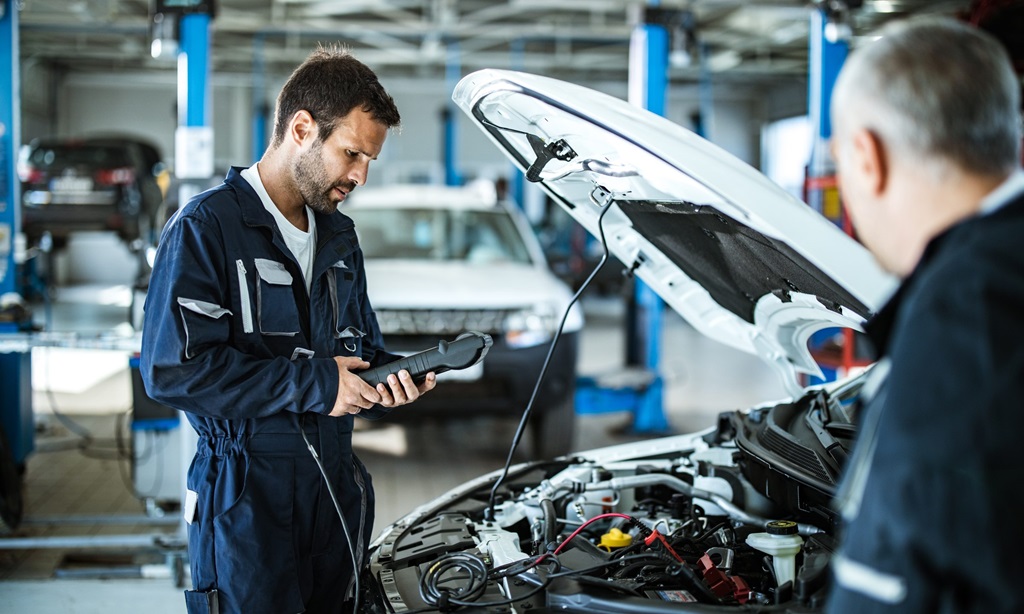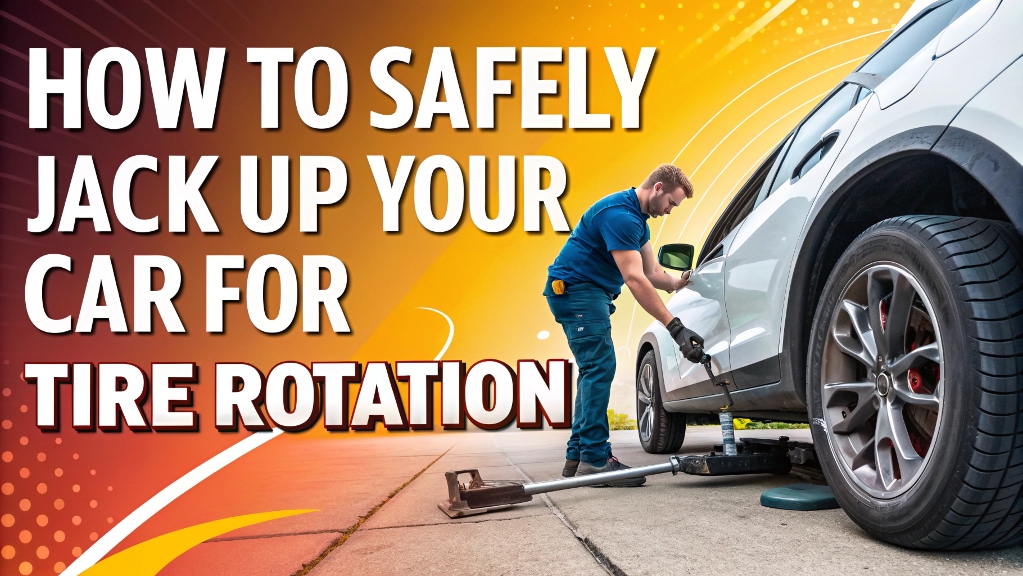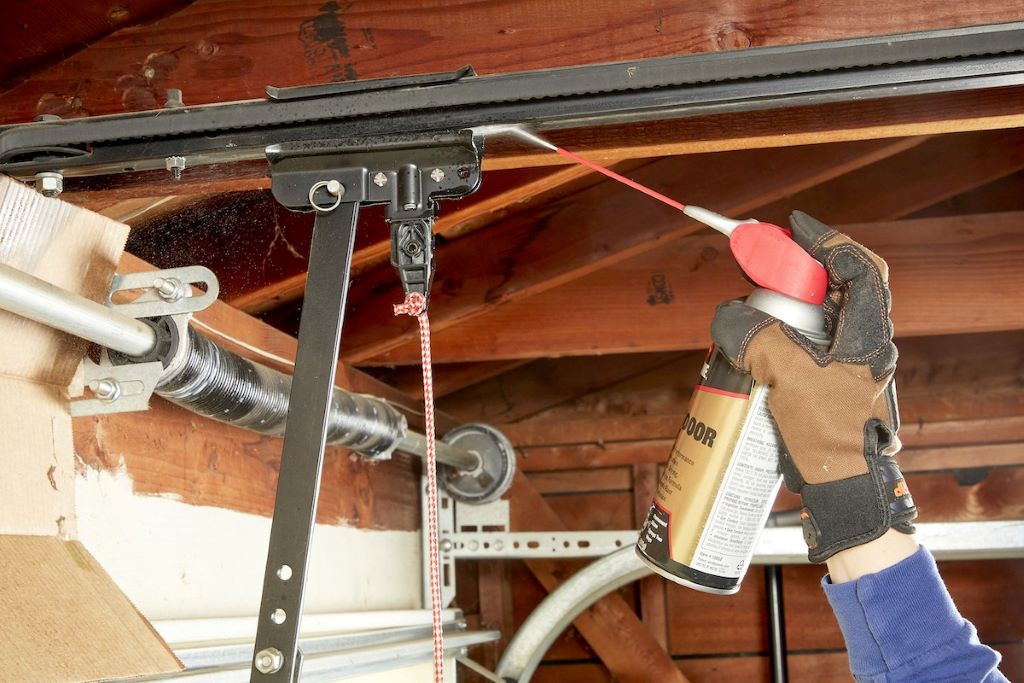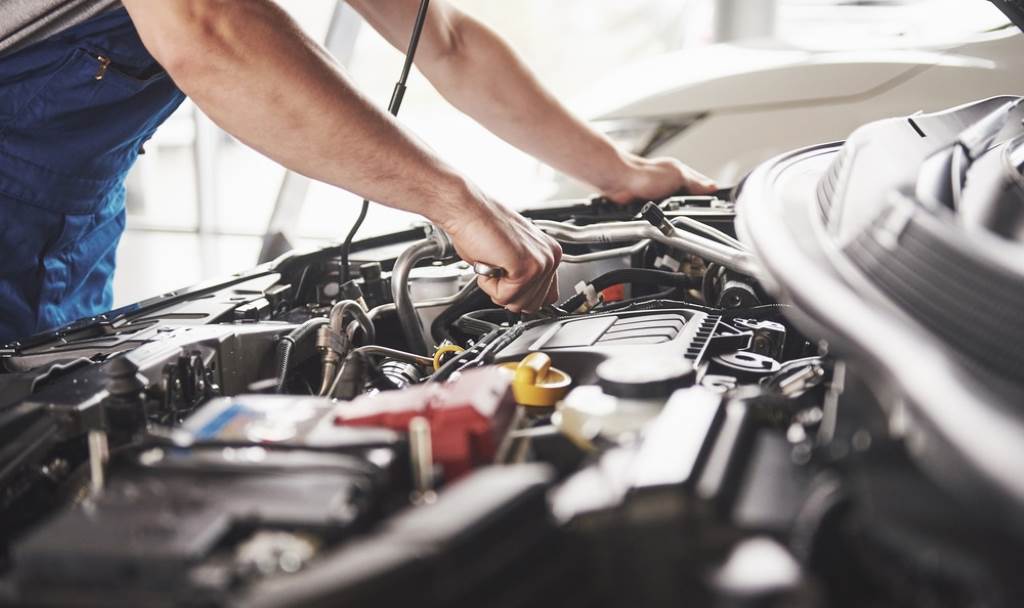You wake up early in the morning, get dressed, and walk out to your car with keys in hand, ready to head off to work. As you open the door, you suddenly get a whiff of something that makes you pause – the smell of gas. That pungent, noxious odor is unmistakable and overwhelming. You lean down to give the ground a look over, expecting to see a pool of gasoline, yet there’s nothing. No visible leaks or liquid, but still the air reeks of fuel. You can’t help but wonder: Why does my car smell like gas? It’s puzzling and concerning, and you feel the need to investigate and discover the cause of the smell before you start driving.
Why Does My Car Smell Like Gas?
As puzzling as it seems, it is actually possible for your car to smell strongly of gas from the outside when there’s no visible leak. While you might first suspect a puddle must be hidden somewhere, there are a number of leak-free reasons that can make your car give off that stench. Figuring out the root cause takes some detective work.
Let’s investigate the most common culprits behind a phantom gas smell so you can get to the bottom of it.
Cracks In The EVAP System
One of the most common explanations for a fuel-scented ride without visible leaks is a problem with the Evaporative Emissions Control (EVAP) system. This system’s job is to trap and contain fuel vapors from evaporation so they don’t escape into the atmosphere from the fuel tank and lines.
A number of components make up the EVAP system including hoses, a charcoal canister, a gas cap, sensors, a purge valve, and more. It’s designed to be sealed so vapors can’t sneak out. But – if any cracks, holes, or leaks develop in those components, you’ll end up with evaporative emissions seeping out into the open air around your car.
The gas vapors may be invisible, but you’ll smell them loud and clear.
Let’s look closer at the specific parts of the EVAP system most likely to cause odor issues when they go bad:
Faulty Charcoal Canister
Your car’s charcoal canister, also called a vapor canister, provides storage for fuel vapors. Attached by hoses to both the fuel tank and engine, it traps and holds gases. When you start up the engine, those stored vapors then get pulled out and burned up in the combustion process.
But after tens of thousands of miles, the canister gets overloaded with hydrocarbons and begins to fail. Activated charcoal inside it is no longer able to adequately contain evaporative emissions. This causes them to vent out through cracks and seams into the air instead.
If an emissions test finds your EVAP system has leaks, that old charcoal canister is often the culprit. Replacing it clears up the smell issue fast.
Malfunctioning Purge Valve
The purge valve or vent valve is another emissions component that commonly plays a role in mysterious gas smells from cars. Its main responsibility is managing the flow of evaporative emissions between the charcoal canister and the engine.
When functioning properly, the purge valve only opens to allow vapors to be routed to the engine for burning while driving. But spring and carbon buildup can cause it to stick open. This gives emissions an open pathway to escape through hoses or vents to the outside instead.
A bad purge valve that doesn’t close off properly accounts for a lot of EVAP leaks. Like a charcoal canister, replacing it typically puts a stop to that unexplained gas smell right away.
Leaky Hoses & Connections

The miles of vacuum hoses threading all throughout your EVAP system also provide plenty of opportunity for leaks. Their rubber construction allows flexibility for routing but does degrade over time. Tiny cracks and perforations then allow odor-causing vapors to seep out.
Likewise, the various mechanical joints and fittings attaching hoses can come loose as vibration and pressure take their toll. When connections come free or fail, invisible evaporative emissions are once again able to sneak free.
Since leaks from hoses and fittings are often too small to generate liquid pools, they let loose streams of gaseous gasoline smell instead. Inspecting their routing and connections closely can pay off in finding cracks that combat phantom fuel scents.
Tiny Leaks In Fuel System Components
EVAP system issues are the most common explanation for smelling gas fumes with no visible leaks. But other components that convey or contain liquid fuel can also be culprits. The many feet of fuel supply and return lines thread through your vehicle, along with parts like injectors, sensors, and filters all have sealing surfaces that may fail over time.
When just one of those tiny seals gives way, gasoline can seep out in amounts not large enough to drip noticeably. But surrounded by the undercarriage air currents as you drive, enough molecules spread out to give off that pungent scent.
Fuel system leaks tend to be inconvenient to access and locate visually. Using a mechanic’s pressurized leak testing equipment is often required to discover the source. But if you pop the hood and smell gasoline, start looking closely at the fuel supply components mounted there as they may hold the smoking gun.
Rich Running Engine
One origin of elusive gas smells that often gets overlooked are the tailpipes themselves. Specifically, if an engine is running excessively rich, incomplete combustion can take place. This leaves unburned gasoline vapors exiting the exhaust system into the open air.
Potential causes of a rich running engine include:
Faulty oxygen sensors providing bad data to the fuel metering computer Bad fuel injectors dripping excess fuel into cylinders Low fuel pressure causing a too-rich air/fuel mix A failing catalytic converter no longer processing excess vapors
In each case, the engine itself ends up dumping raw gasoline molecules out the tailpipe along with combustion gases. As they collect under the rear of your car and then circulate outward, they naturally smell strongly of fuel. It takes tapping into your car’s computer to diagnose if rich running is happening. Replacing faulty engine management sensors or components often resolves the issue.
Other Sneaky Sources
Beyond emissions equipment defects and fuel system leaks, a few other causes can generate phantom gas scents including:
Spilled Gas During Refueling
Though usually not significant enough alone to make your whole car reek, splashing or spilling gasoline while pumping can put fumes into the air. If the spill is recent or occurs frequently, smells may linger around the fuel filler area.
Stuck Open Fuel Tank Vent Valve
The vent valve on your fuel tank equalizes pressure, allowing air exchange so gas can flow. But failures can cause it to hang open continuously instead of closing between breaths. This gives evaporative emissions an unfiltered route up and out into the parking lot breeze.
Loose or Missing Gas Cap
Though it seems too simple, don’t rule out your fuel cap as the culprit for unexplained fumes. A loose cap unable to seal lets evaporative emissions sneak past from the tank. And a missing cap opens up a hole for not only smell but also hazardous dirt and debris to enter as well.
Tracking Down That Smell
As you can see, a car that reeks of fuel without visible leaks or puddles has several possible explanations. Figuring out which one applies to your specific ride takes methodically checking components. We recommend using this game plan:
Start With An Inspection
First, perform a thorough inspection of the entire car searching for the smallest drops, drips or stains that point to leaks. Pay special attention to the fuel and EVAP system components underhood along with hoses and lines. Also examine the undercarriage for signs of weeping. Even minor seepage may still release enough raw gasoline molecules to generate odor.
Confirm Gas Cap Tightness

One of the fastest items to check is verifying your fuel or gas cap seats securely. Turn it slowly while pressuring the middle until it clicks several times. Loose caps that don’t perfectly seal can explain mystery smells.
Detecting Tiny Leaks
If your own eyeball inspection turns up empty, it’s time to break out high-tech leak detection methods. EVAP systems and modern fuel delivery components utilize carefully engineered seals not easily crack open with big visible leaks. Finding elusive vapor escape routes calls for mechanics to use smoke machines and pressurization tools.
These devices use air pressure, vacuum, or tracer smoke to uncover needle-hole passages emitting gases. Dealerships and qualified independent shops have the right diagnostic gear and know-how to sniff out leaks.
Pinpointing Source Components
Whether through detection equipment or close visual analysis, zeroing in on the specific component producing gas fumes gets you closer to a repair. Note leaks originating from charcoal canisters, particular EVAP hoses, fuel injector seals and other very specific points. That key information guides the parts replacement or sealing required to permanently halt smells.
Getting Professional Help
While advanced self-mechanics may choose to conduct tests and repairs themselves, most motorists need professional diagnostic services. EVAP systems especially feature complex electronics and hidden routing needing computerized analysis. Plus, fuel system repairs demand specialized tools along with environmental safety protocols that shops follow.
Bottom line – don’t hesitate to hand your smelly car over to a qualified mechanic you trust. Their technical resources help accurately uncover issues faster so you can fix that annoying gas odor for good.
Why You Need To Fix It
As much as a strong waft of gas each time you enter your car represents an unpleasant nuisance, it’s more than just an annoyance. Raw gasoline fumes pose legitimate health and safety hazards making it important to address that smell sooner than later.
Inhaling concentrated hydrocarbon vapors can cause anything from headaches to nausea the more exposed you become. The explosive risk of ignition and fire damage always exists around uncontained fuel gases.
Digging out that exact broken component or faulty connection enabling gases to escape keeps your garage and driveway safer while preventing ongoing environmental emissions. Plus, stopping leaks may pay dividends down the road by avoiding pricey repairs if left unchecked.
So take charge of figuring out and resolving phantom gas smells right away for everyone’s benefit. With a tank empty of leaks, your nose stays happy and everyone breathes easier!
The Takeaways

Cars that give off strong gasoline odors without visible drips or puddles have leaks allowing evaporative emissions to seep out. Faulty EVAP system components like canisters, valves, and hoses usually are responsible. But leaks also happen stealthily among fuel lines, injectors, and tank seals. Professional diagnostics identify exactly where gases originate so repairs can permanently halt smells. Getting to the bottom of phantom fuel scents also prevents ongoing health, fire, and environmental risks. So take action as soon as your nose tells you there’s an issue worth investigating.
FAQs
What causes my car to smell heavily like gas when parked?
Uncontained evaporative fuel emissions are usually the culprit when noticeable gasoline odors surround your parked car. Faulty charcoal canisters, leaky hoses, and defective valves in the EVAP system commonly enable gasoline vapors to seep out. Tiny leaks in fuel lines and components can also release fumes.
Is it safe to drive my car if I smell gas but don’t see leaks?
You should avoid driving a car emitting significant gasoline odors as much as possible. Have a mechanic inspect for leaks immediately. Raw fuel vapors are hazardous to breathe and increase fire risk during engine operation. Only drive when absolutely necessary before repairs.
What fixes a gas smell coming from outside my car?
Pinpointing the exact source component produces gases, and then replacing or sealing it stops smells permanently. Common fixes include installing new charcoal canisters, purge valves, and hoses to eliminate evaporative emissions leaks. Fuel injector seals, filler neck gaskets, or loose fuel caps may also need replacement.
Can a loose gas cap make my car smell like gas?
Definitely – a loose, improperly fitted, or missing gas cap unable to seal lets evaporative emissions escape straight from the fuel tank. Make sure yours clicks firmly into the locked position. Also, inspect it for cracks that break the seal. Quickly fixing or replacing your cap may solve that smell.
Is it normal for cars to leak a little bit of gas?
Absolutely not! Allowing any amount of uncontained liquid gasoline or fuel vapors to escape from a vehicle should not be considered normal. Continued leaks increase safety issues and will only get worse over time if ignored. Immediately diagnose and repair the source of any smells or seepage no matter how minor.








